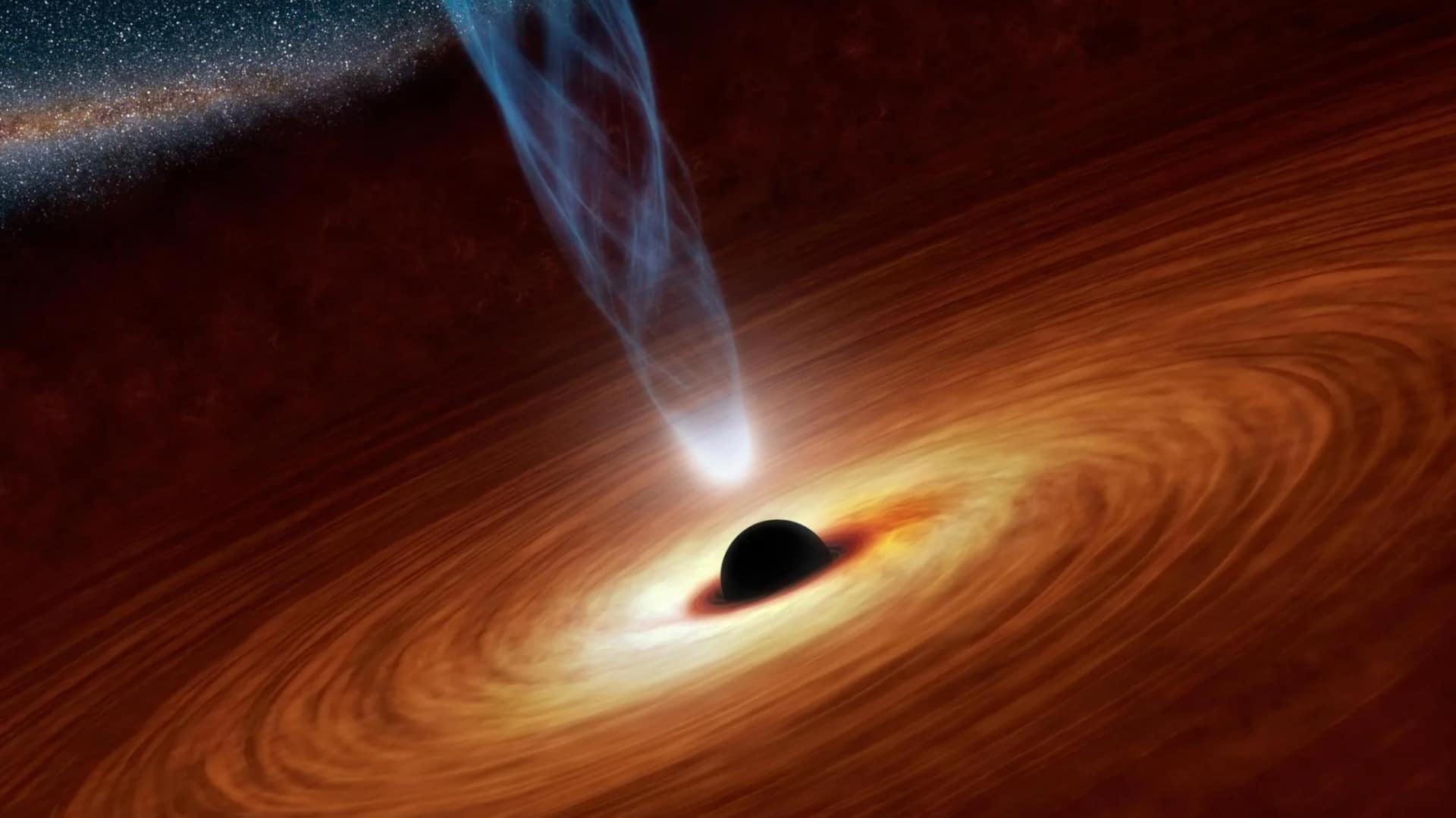
Star vanishes without explosion, leading to direct black hole formation
What's the story
Astronomers have witnessed a rare cosmic event, where a massive star in the Andromeda galaxy (M31) has transformed directly into a black hole, without the usual supernova explosion. The phenomenon defies our current understanding of stellar evolution. The research was led by Kishalay De, a postdoctoral scholar at MIT's Kavli Institute for Astrophysics and Space Research.
Stellar evolution
The star's unusual transformation
Normally, stars with a mass roughly eight times that of our Sun, explode as supernovae when they die. The explosion occurs when the star's fusion can no longer balance its intense gravity, leading to an inward collapse. The resulting supernova blast can outshine entire galaxies for months and typically leaves behind a black hole or a neutron star. But, M31-2014-DS1 was different.
Transformation
M31-2014-DS1's transformation into a black hole
The star M31-2014-DS1 was first seen brightening in mid-infrared (MIR) in 2014. Its luminosity remained stable for roughly 1,000 days, before dramatically fading over the next thousand days between 2016 and 2019. By 2023, it was undetectable in deep optical and near-infrared (NIR) imaging observations. This prompted researchers to conclude that the star had transformed directly into a black hole without a supernova explosion.
Cosmic rarity
Failed supernova: A rare cosmic event
The transformation of M31-2014-DS1 is a 'failed' supernova, a fairly rare cosmic event. Here, the star's core collapses but doesn't explode due to a process called neutronization. It creates a powerful burst of neutrinos that either drives an explosion or fails, collapsing the star into a black hole. In M31-2014-DS1's case, the neutrino shock wasn't revived and about 98% of its mass collapsed into a black hole with ~6.5 solar masses.
Detection difficulties
Difficulties in detecting failed supernovae
Failed supernovae like M31-2014-DS1 are difficult to spot as they are defined by what doesn't happen, not what does. In 2009, astronomers found another confirmed failed supernova, a supergiant red star in NGC 6946, the "Fireworks Galaxy," called N6946-BH1. A survey monitoring 27 nearby galaxies indicates that 20%-30% of massive stars could die as failed supernovae. But only M31-2014-DS1 and N6946-BH1 have been confirmed.